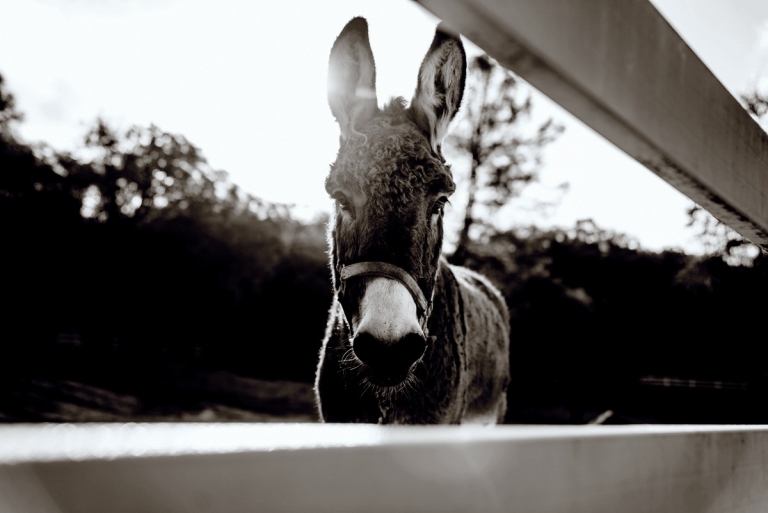
BURLINGTON, W.Va. — Railroads in West Virginia are most often associated with the export of coal and timber, but at least one small railway in the state's eastern panhandle was built for fruit.
The Twin Mountains and Potomac Railroad, otherwise known as the "TM&P," was built to carry fruit from orchards near Burlington, West Virginia, to the Baltimore & Ohio Railroad on the North Branch of the Potomac River at Keyser, West Virginia.
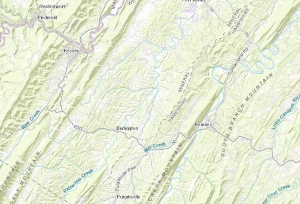
It was small enough that local jokesters claimed "TM&P" stood for "Two Mules & A Pony," though the line seemed to perform admirably while needed.
It ran eastward from Keyser to Headsville, crossing through the passes on Knobly and New Creek mountains, then turned southward and followed Patterson Creek upstream through Burlington to the orchards. Its total distance was about 29 miles.
It was a cooperative project instituted by two adjoining orchards established on Patterson Creek Mountain in the early 1900s. The first, Chert Orchard, was owned by E.A. Leatherman and his family. The second, Twin Mountain Orchard, was owned at least partly by Will and Allen Russel, who lived at Keyser.
The first train on the narrow-gauge track ran on August 12, 1912. It boasted a passenger car and several freight and ran back and forth once daily.
Its last trip was made on February 12, 1919, and its stock and equipment were sold and shipped to Orange, Va., and overseas. The Burlington Post Office was then moved to the train station.
Jack Wilson was the station agent. Engineers included George Pyles, Olie Smith, and Floyd McFadden. Conductors included Charles McGahan and Frank Browning.
Its rails and trestles were dismantled, and properties and rights of way along the line were returned to property owners.
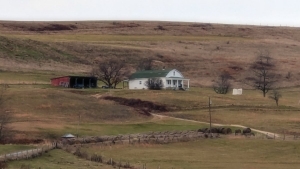
Mark Wilt, whose mother grew up on the Twin Mountain Orchard, says the railroad grade remains. "Also, the 'wye' where the trains turned around can be seen," Wilt said.
Wilts's grandfather lived at and worked in Twin Mountain Orchard as early as the 1940s and was the orchard supervisor when he passed away in 1977. "Sadly, 99 percent of the trees are gone now," he said.
For more information on the region, visit the Mineral County Convention and Visitors Bureau.
Sign up for a FREE copy of West Virginia Explorer Magazine in your weekly email. Sign me up!

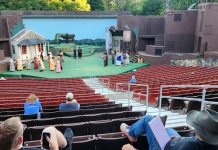
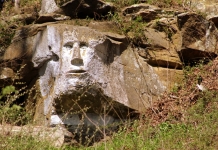


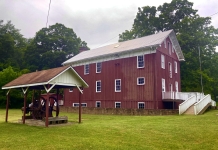
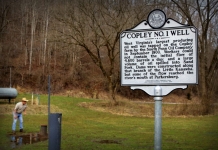
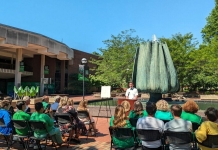
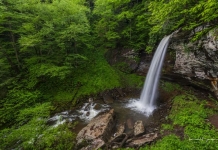

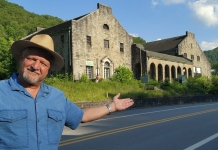


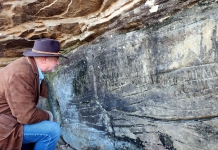

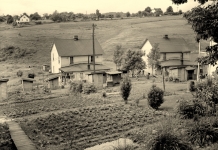
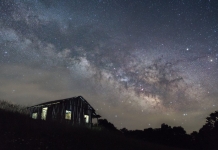






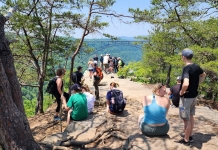







Facebook Comments